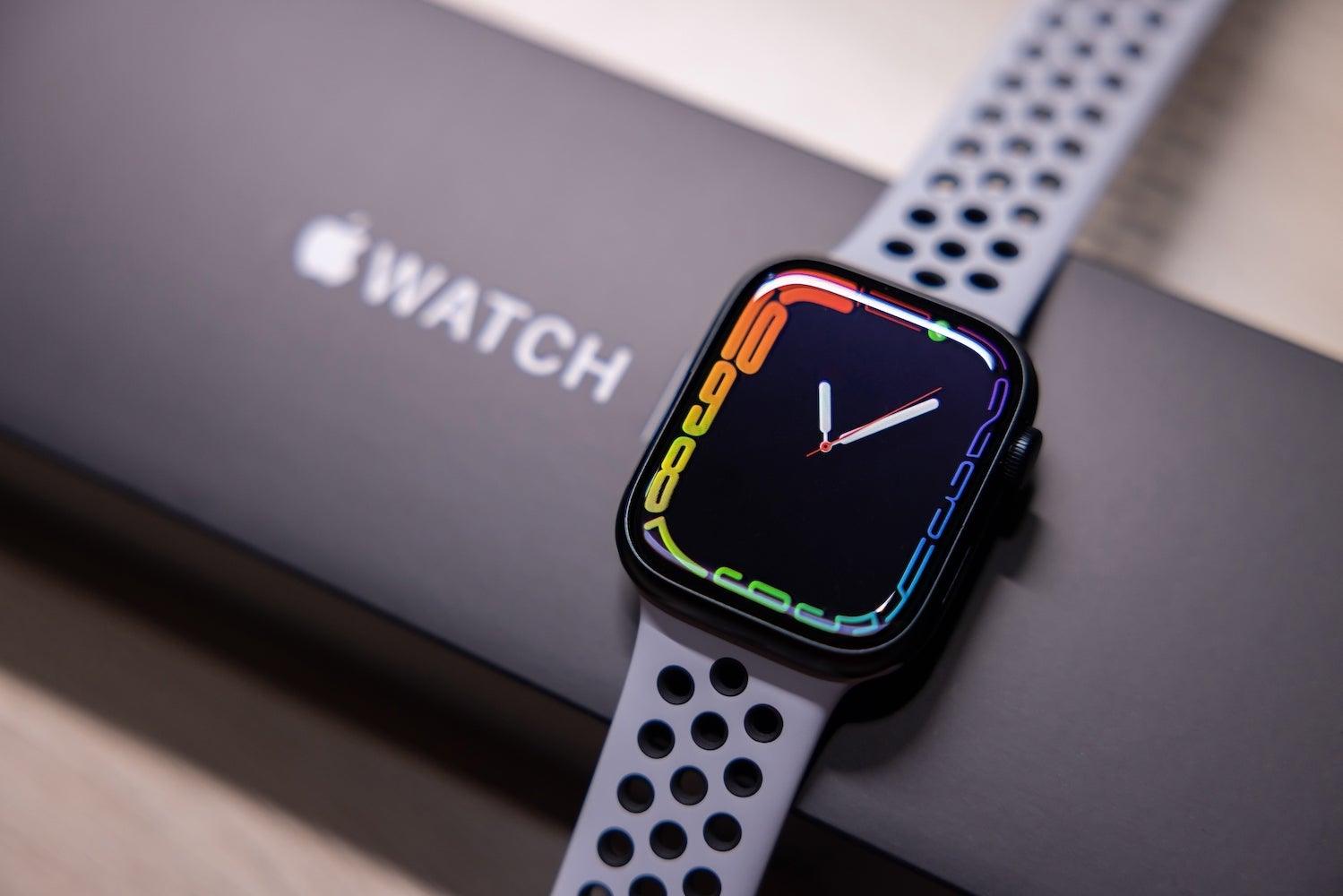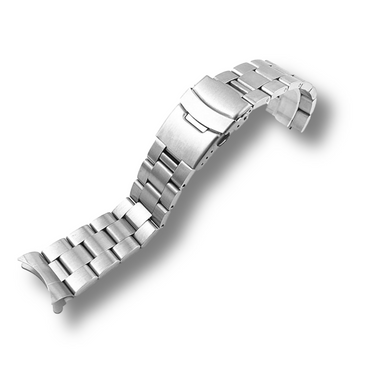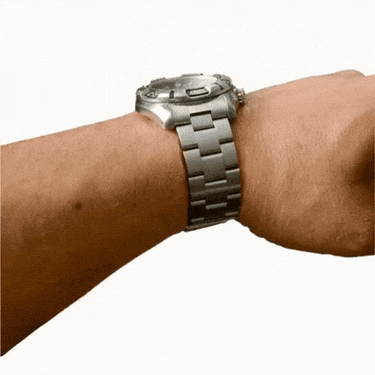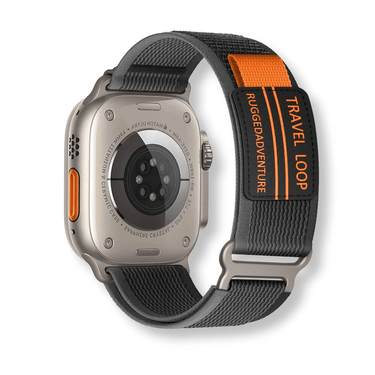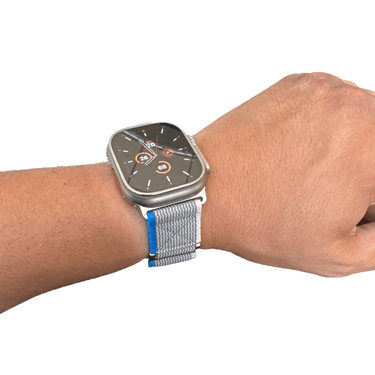Even for someone with a casual interest in Apple’s products, it is hard to miss out on Apple’s tendency to add ‘i’ before its creations. It is never Apple’s phone or Apple’s pod. We are always talking about an iPhone or an iPod. It’s a bit of branding on the company’s part that has managed to serve them well throughout the years and has differentiated them from their peers.
Yet, the first time Apple released a smartwatch, the ‘i’ prefix was nowhere to be found for once since 1998. Instead, the name was a plainer Apple Watch. As expected, there were a few shocked gasps, but the consumers quickly moved on. Unfortunately, Apple never really released an official explanation on why they chose to stray from tradition, but it didn’t stop the world from theorizing.
The Official Statement
The 1st generation of the Apple Watch was released in 2015. In a 2018 interview with Tim Cook - Apple CEO since 2011- on The David Rubenstein Show, the host enquired why they decided to call it the Apple Watch and not the iWatch. Tim Cook did not bother with an elaborate explanation. Instead, he simply said he is partial towards the name Apple Watch.
Rubenstein did not fail to point out how Apple is known for its ‘i’ pattern, hence why the sudden desire to change the naming pattern appears weird. But the answer did not get any more specific.
To give you a better idea of why it was hard for people to accept, we must focus on Apple’s history. When Apple was on a downward spiral, Steve Jobs became the executive in 1997 and released the iMac in 1998, saving the company’s long-standing reputation.
The success of the ‘i’ - an idea proposed by an employee, Ken Segall, from the advertising contractor of Apple- led to the name being added on every product that followed. The 1999 laptop was called iBook, which let people access the internet through wireless means. Digital music storage gadgets released in 2001 became the iPod.
All the customer-oriented web services released by Apple also have ‘i’ attached to the name. You can’t listen to music on an iPhone and ignore iTunes. In fact, for iPhone, Apple had to pay Cisco a lumpsum to get the trademark for iPhone. For a company that worked so hard to incorporate the ‘i’ to become the point of reference for the brand, a simple preference for the name Apple Watch wasn’t enough.
This left people to dig into the company matters and whether there was some pushback from the business side.
It turns out there absolutely was.
The Trademark Politics
The California-based OMG Electronics first applied for the iWatch trademark in 2012. The company has the same intentions over the watch - a smartwatch with the best of a watch and a phone device. They even tried a crowdfunding campaign for the production, which turned out to be a massive failure. Still, they had already made their dibs on the iWatch.
In the U.K., any time a company tried to apply for the iWatch trademark, Swatch would challenge it. They are a switch watch production company, and they claimed that the name of their product line, iWatch sounded too much like their product line, iSwatch.
A company based in Dublin called Probendi Ltd. possesses the trademark for iWatch in all of the European Union. As for China, at least nine companies have gotten hold of the trademark. The names of the companies are not public information, though the trademark has become invalid for some.
For countries such as Russia, Japan, Taiwan, and Mexico, Apple managed to get a hold of the iWatch trademark. Unfortunately, this did not help, as trademarks for the European Union, U.K., China, and the US remained unsecured. Funnily enough, these are also some of the largest markets for Apple products. So, what could have been a global release with iWatch as the name, became impossible.
iSwatch Versus The iWatch Battle
When Apple wanted to trademark iWatch in the U.K., Swatch consented to them. The Swatch watchmakers claimed that smartwatches with exceedingly similar names would confuse the general public. In the 2014 hearing, the Intellectual Property Office of the U.K. agreed to this statement from Swatch.
The officer presiding the case thought the product ranges were too similar. This meant the iWatch trademark could only be used for software, security devices, and computer-related products in Apple’s case. Apple chose to take this dispute to High Court instead.
The High Court did not find the initial ruling correct. Instead, they agreed that though Apple and Swatch watches have basic similarities, that does not mean a trademark for a completely different name can not be registered. So finally, Apple got permission to use iWatch.
Yet, when they released the watch in 2015, it was Apple Watch and not the iWatch.
The Trademark Rule
When a company has a trademark on a term, other companies can not use it. This only applies to when a company has the same product range in the same category. For example, if someone wanted to use iWatch for an analog clock, it is hard to tell whether the companies with the iWatch trademark could contest it. In that case, it would depend on the trademark and the extent to which it has been secured for the company.
For huge companies like Apple, they must trademark the name of a product before they have even managed to develop the product’s first design. The earliest you can get your hands on a trademark, the easiest it is to protect it from other companies vying for it.
Final Thoughts
No one can say for sure whether Apple wanted to use the term iWatch. None of the official statements points towards so. However, the trademark wars will undoubtedly make you think they tried to secure the iWatch trademark for other purposes, even if it was not specifically for the Apple iWatch.












